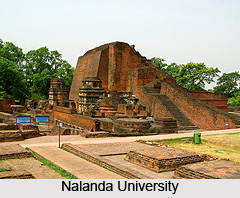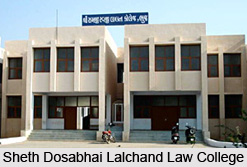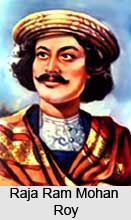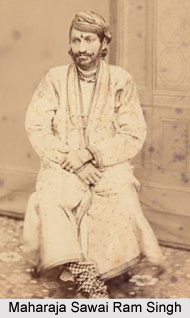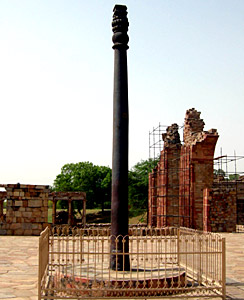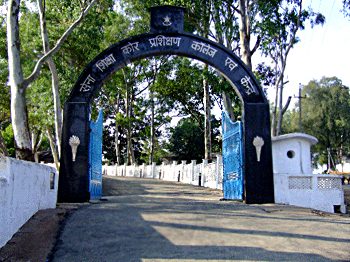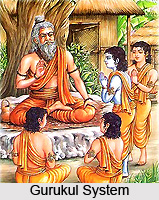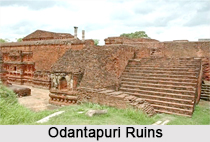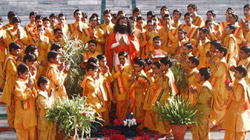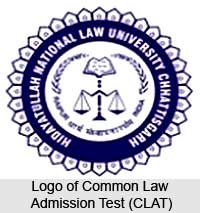 Common Law Admission Test (CLAT) is the entrance test required for admissions into the under graduate and post graduate law programmes. This entrance test is considered as the outcome of the initiative that was taken by the Human Resource Development Ministry assisted by the UGC. Seven National Law Schools of the country organize the Common Law Admission Test or CLAT. These renowned law schools are NLSIU, Bangaluru; NUJS, Kolkata, NALSAR, Hyderabad, NLU Jodhpur, HNLU, Raipur, NLSIU, Bhopal and GNLU, Ahmedabad. According to MoU (Memorandum of Understanding), Common Law Admission Test (CLAT) will be conducted by each of National Law Schools every year on rotation on the basis of the criterion of seniority. Candidates who are seeking admissions to the under graduate (LLB) and post graduate (LLM) degree courses need to appear for this entrance test. This screening test was first conducted in the year 2008.
Common Law Admission Test (CLAT) is the entrance test required for admissions into the under graduate and post graduate law programmes. This entrance test is considered as the outcome of the initiative that was taken by the Human Resource Development Ministry assisted by the UGC. Seven National Law Schools of the country organize the Common Law Admission Test or CLAT. These renowned law schools are NLSIU, Bangaluru; NUJS, Kolkata, NALSAR, Hyderabad, NLU Jodhpur, HNLU, Raipur, NLSIU, Bhopal and GNLU, Ahmedabad. According to MoU (Memorandum of Understanding), Common Law Admission Test (CLAT) will be conducted by each of National Law Schools every year on rotation on the basis of the criterion of seniority. Candidates who are seeking admissions to the under graduate (LLB) and post graduate (LLM) degree courses need to appear for this entrance test. This screening test was first conducted in the year 2008.
Application Forms for Common Law Admission Test (CLAT)
The candidates can obtain the application forms and the information brochure from certain designated Corporation Bank and State Bank of India branches. For that the candidates need to pay the requisite amount. The aspirants can send the request along with the bank demand draft of the requisite amount for obtaining the applications to the Convener, CLAT, of the conducting institute. Moreover, the candidates can also download the application forms from the official website of the CLAT. They must send the completed application form before the last date of submission.
Eligibility Criteria for Common Law Admission Test (CLAT)
The eligibility criterion for the under graduate law programmes (LL.B), the candidates need to have passed the 10+2 examination or any equivalent examination from a recognized Board with a minimum of 50% marks in aggregate. The minimum age limit is 20 years. For the post graduate law programmes (LL.M), the minimum eligibility requirement for the aspirants is that he/she should have a LLB degree under a recognized University with a minimum of 50% marks in aggregate.
Courses Offered in Common Law Admission Test (CLAT)
• Under-Graduate Programmes (LL.B)
• Post-Graduate Programmes (LL.M)
Pattern of Common Law Admission Test (CLAT)
The entrance test for the LL.B course includes objective types of questions with multiple choices carrying a total of 200 marks and it is of 2 hours duration. There is no system of negative marking and the standard is that is followed in 10+2. The test paper has several sections and these are -
• General Knowledge
• Mathematics
• Legal Aptitude
• Logical Reasoning
The entrance paper of the LL.M course is usually conducted along with the LL.B entrance test. It consists of four separate sections and each of them carrying 50 marks. The first section includes English language and the questions are objective type with multiple answers. In the second section, the candidates are asked to write down short notes on several topics associated with Law. The third section consists of short essay writing on topics based on Indian Constitutional Law. And in the last section that is the fourth section, the candidates are asked to write short essays on Jurisprudence topic.
Syllabus for Common Law Admission Test (CLAT)
The LL.B entrance paper carries questions of 12th standard. The students need to prepare by following the question pattern of the entrance test.
Selection Process of Common Law Admission Test (CLAT)
The candidates are selected for admissions on the basis of the merits obtained in the entrance examination.
Common Law Admission Test (CLAT) is the mode of testing the knowledge and conceptual skills of the candidates who are wiling to pursue the law degree courses.
